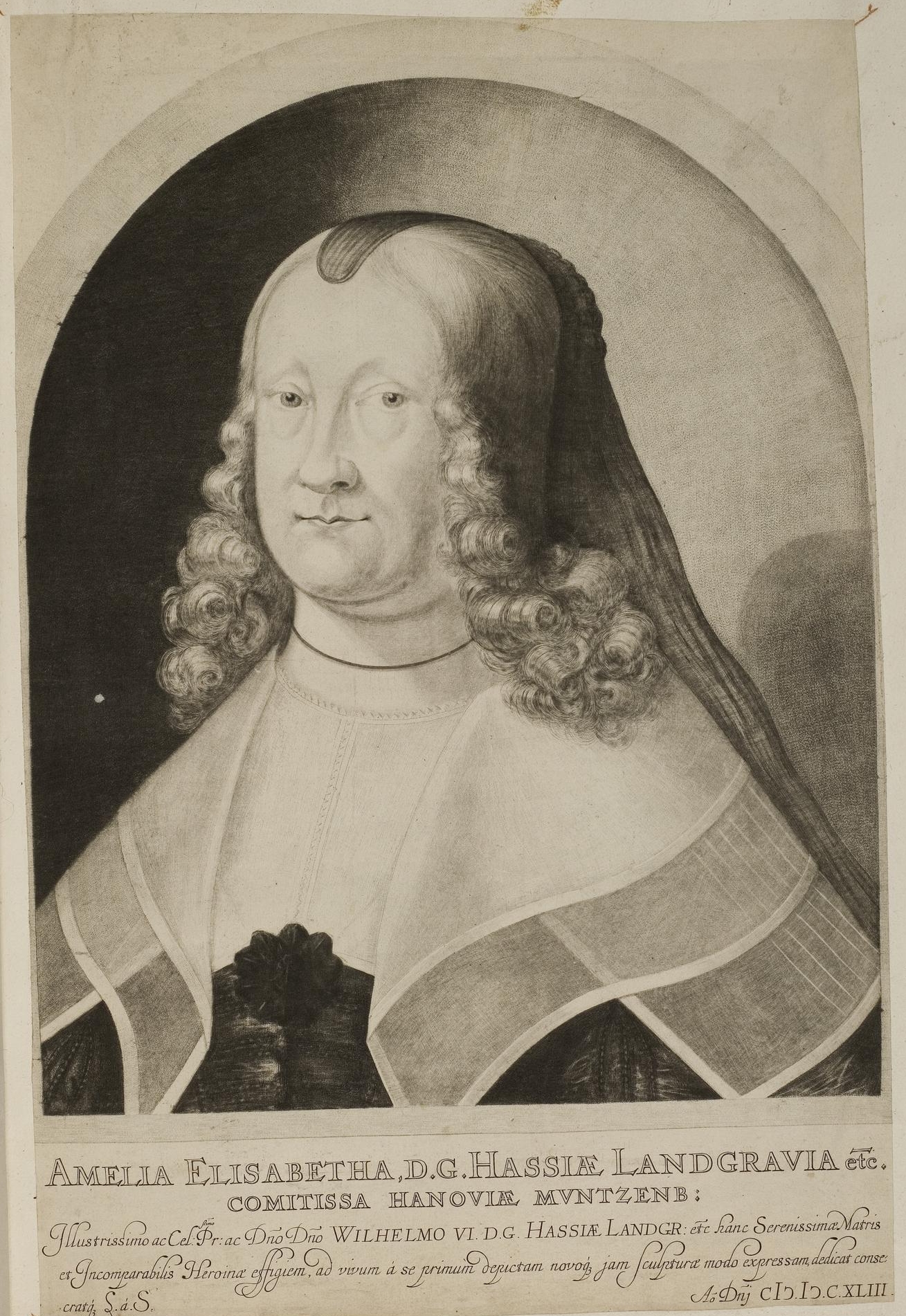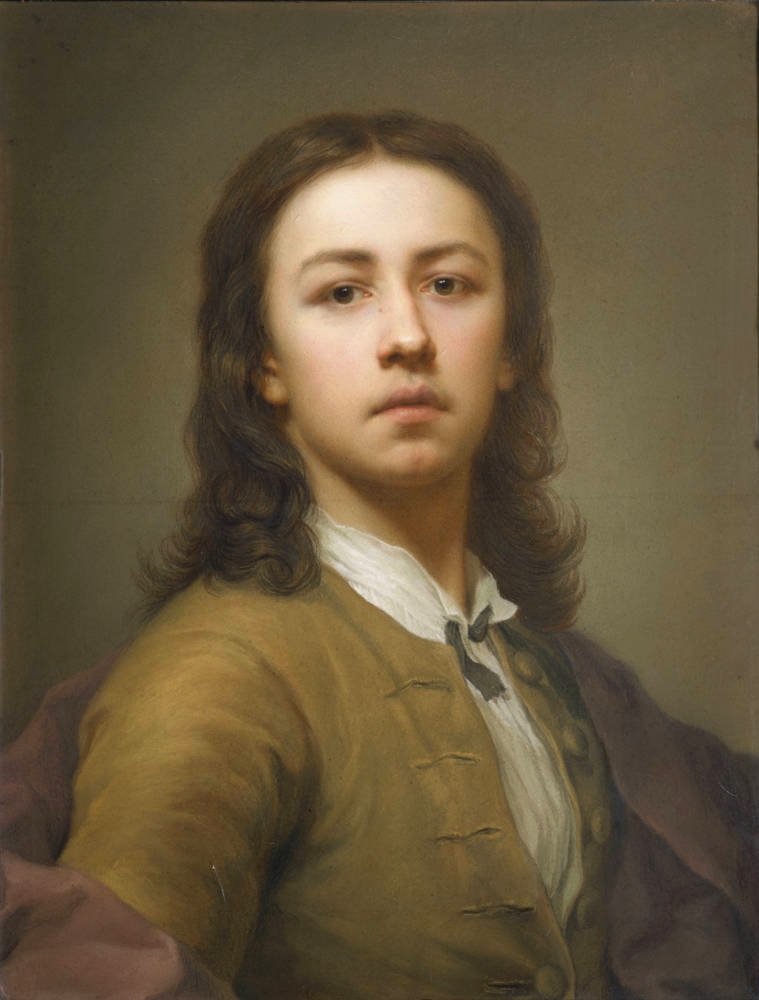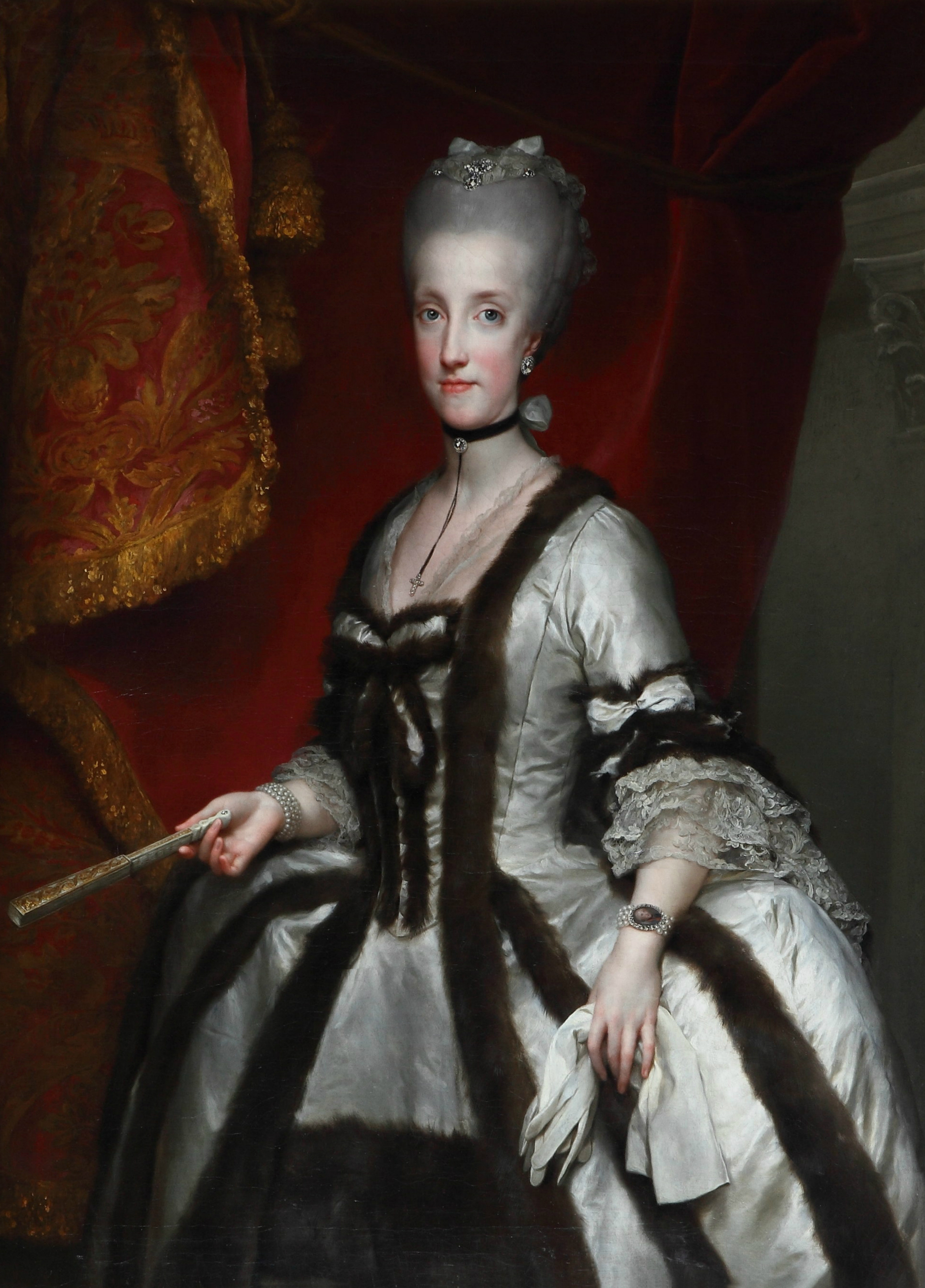|
Heinrich Füger
Heinrich Friedrich Füger (8 December 1751, in Heilbronn – 5 November 1818, in Vienna) was a German classicist portrait and historical painter. Biography Füger was a pupil of Nicolas Guibal in Stuttgart and of Adam Friedrich Oeser in Leipzig. Afterward, he traveled and spent some time in Rome and Naples, where he painted frescoes in the Palazzo Caserta. On his return to Vienna he was appointed court painter, professor, and vice-director of the Academy, and in 1806 director of the Belvedere Gallery. Among his historical paintings are: ''The Farewell of Coriolanus'' (Czernin Gallery, Vienna), ''Allegory on the Peace of Vienna'' (1801), ''The Death of Germanicus'' (1789), '' The Assassination of Caesar'', and ''Bathsheba'' (Budapest Gallery). Among his portraits are those of the Emperor Joseph II, the Grand Duchess Elizabeth Wilhelmine of Württemberg, Queen Caroline of Naples, and Horatio Nelson, who sat for him in Vienna in 1800 (National Portrait Gallery, London). He ... [...More Info...] [...Related Items...] OR: [Wikipedia] [Google] [Baidu] |
Mezzotint
Mezzotint is a monochrome printmaking process of the '' intaglio'' family. It was the first printing process that yielded half-tones without using line- or dot-based techniques like hatching, cross-hatching or stipple. Mezzotint achieves tonality by roughening a metal plate with thousands of little dots made by a metal tool with small teeth, called a "rocker". In printing, the tiny pits in the plate retain the ink when the face of the plate is wiped clean. This technique can achieve a high level of quality and richness in the print. ''Mezzotint'' is often combined with other ''intaglio'' techniques, usually etching and engraving. The process was especially widely used in England from the eighteenth century, to reproduce portraits and other paintings. It was somewhat in competition with the other main tonal technique of the day, aquatint. Since the mid-nineteenth century it has been relatively little used, as lithography and other techniques produced comparable results more easil ... [...More Info...] [...Related Items...] OR: [Wikipedia] [Google] [Baidu] |
Professor
Professor (commonly abbreviated as Prof.) is an Academy, academic rank at university, universities and other post-secondary education and research institutions in most countries. Literally, ''professor'' derives from Latin as a "person who professes". Professors are usually experts in their field and teachers of the highest rank. In most systems of List of academic ranks, academic ranks, "professor" as an unqualified title refers only to the most senior academic position, sometimes informally known as "full professor". In some countries and institutions, the word "professor" is also used in titles of lower ranks such as associate professor and assistant professor; this is particularly the case in the United States, where the unqualified word is also used colloquially to refer to associate and assistant professors as well. This usage would be considered incorrect among other academic communities. However, the otherwise unqualified title "Professor" designated with a capital let ... [...More Info...] [...Related Items...] OR: [Wikipedia] [Google] [Baidu] |
Nikolay Yusupov
Prince Nikolai Borisovich Yusupov (russian: Князь Никола́й Бори́сович Юсу́пов; – 15 July 1831) was a Russian nobleman and art collector of the House of Yusupov. Biography He was the eldest son of Prince Boris Grigoryevich Yusupov (1695-1759). He served as a senator (from 1788), diplomat (from 1783 to 1789), Actual Civil Councillor (from 1796), Minister of State Properties (1800–16), a member of the Council of State (from 1823) and Director of Imperial Theatres (1791-1796) under a series of sovereigns, including Catherine the Great, Paul I and Alexander I. He later also served as director of the Hermitage (in 1797), the Kremlin Armoury (date unknown) and the state porcelain and glass factories (c.1792). A patron of the arts and a keen traveller, he spoke five languages and corresponded with Voltaire. As a diplomat, Prince Nikolai travelled throughout Europe, to France and Versailles, where he met Louis XVI and Marie Antoinette, to Germany and Pr ... [...More Info...] [...Related Items...] OR: [Wikipedia] [Google] [Baidu] |
Vestal Virgin
In ancient Rome, the Vestal Virgins or Vestals ( la, Vestālēs, singular ) were priestesses of Vesta, virgin goddess of Rome's sacred hearth and its flame. The Vestals were unlike any other public priesthood. They were chosen before puberty from a number of suitable candidates, freed from any legal ties and obligations to their birth family, and enrolled in Vesta's priestly college of six priestesses. They were supervised by a senior vestal but chosen and governed by Rome's leading male priest, the ; in the Imperial era, this meant the emperor. Successful acolytes vowed to serve Vesta for at least thirty years, to study and practise her rites in service of the Roman State, and to maintain their chastity throughout. As well as their obligations on behalf of Rome, Vestals had extraordinary rights and privileges, some of which were granted to no others, male or female. The Vestals took it in turns to supervise Vesta's hearth, so that at least one Vestal was stationed there at a ... [...More Info...] [...Related Items...] OR: [Wikipedia] [Google] [Baidu] |
Franciszek Ksawery Lampi
Franciszek Ksawery Lampi, also known as Franz Xaver Lampi (22 January 1782 – 22 July 1852), was a Polish Romantic painter born in Austria of ethnic Italian background. He was associated with the aristocratic circle of the late Stanisław II Augustus, the last Polish king before the foreign partitions of Poland. Lampi settled in Warsaw around 1815 at the age of 33, and established himself as the leading landscape and portrait artist in Congress Poland soon after Napoleon's defeat in Russia. Early life Lampi was the son of renowned Italian historical painter Johann Baptist von Lampi the Elder from Romeno (b.1751) known as Jan Chrzciciel Lampi in Poland, who was invited to Warsaw by King Stanisław II August in 1786 when Franz (Franciszek) was 4 years old (or between 1788 and 1791, according to different source). He was born in Klagenfurt, where his father worked on commissions for the Austrian court. He was the younger brother of Johann Baptist von Lampi (b.1775), also a por ... [...More Info...] [...Related Items...] OR: [Wikipedia] [Google] [Baidu] |
Gustav Philipp Zwinger
Gustav Philipp Zwinger (3 January 1779 – 15 January 1819), painter and etcher, was born at Nuremberg. He was the son and pupil of the painter and engraver Sigmund Zwinger (1744—1813), now chiefly remembered as a teacher. Gustav completed his studies under Heinrich Füger in Vienna, and returning to his native town, became in turn professor and director of the Art School. He was also known as an historical painter, both in oil and watercolour, and as a designer of book illustrations. He etched a few plates and tried his hand at lithography Lithography () is a planographic method of printing originally based on the immiscibility of oil and water. The printing is from a stone (lithographic limestone) or a metal plate with a smooth surface. It was invented in 1796 by the German a .... He died at Nuremberg. References * 1779 births 1819 deaths 18th-century German painters 18th-century German male artists German male painters 19th-century German painters 19th-c ... [...More Info...] [...Related Items...] OR: [Wikipedia] [Google] [Baidu] |
Anton Raphael Mengs
Anton Raphael Mengs (22 March 1728 – 29 June 1779) was a German people, German painter, active in Dresden, Rome, and Madrid, who while painting in the Rococo period of the mid-18th century became one of the precursors to Neoclassicism, Neoclassical painting, which replaced Rococo as the dominant painting style in Europe. Early life Mengs was born in 1728 at Ústí nad Labem (German: Aussig) in the Kingdom of Bohemia, the son of Ismael Mengs, a Denmark, Danish painter who eventually established himself at Dresden, where the court of Electorate of Saxony#Saxony-Poland, Saxonian-Polish electors and kings was. His older sister, Therese Maron, was also a painter, as was his younger sister, Julia Charlotte Mengs, Julia. His and Therese's births in Bohemia were mere coincidence. Their mother was not their father's wife; Ismael carried on a years-long affair with the family's housekeeper, Charlotte Bormann. In an effort to conceal the births of two illegitimate children, Ismael took ... [...More Info...] [...Related Items...] OR: [Wikipedia] [Google] [Baidu] |
Louis David
Jacques-Louis David (; 30 August 1748 – 29 December 1825) was a French painter in the Neoclassical style, considered to be the preeminent painter of the era. In the 1780s, his cerebral brand of history painting marked a change in taste away from Rococo frivolity toward classical austerity and severity and heightened feeling, harmonizing with the moral climate of the final years of the Ancien Régime. David later became an active supporter of the French Revolution and friend of Maximilien Robespierre (1758–1794), and was effectively a dictator of the arts under the French Republic. Imprisoned after Robespierre's fall from power, he aligned himself with yet another political regime upon his release: that of Napoleon, the First Consul of France. At this time he developed his Empire style, notable for its use of warm Venetian colours. After Napoleon's fall from Imperial power and the Bourbon revival, David exiled himself to Brussels, then in the United Kingdom of the Netherlands ... [...More Info...] [...Related Items...] OR: [Wikipedia] [Google] [Baidu] |
Horatio Nelson, 1st Viscount Nelson
Vice-Admiral Horatio Nelson, 1st Viscount Nelson, 1st Duke of Bronte (29 September 1758 – 21 October 1805) was a British flag officer in the Royal Navy. His inspirational leadership, grasp of strategy, and unconventional tactics brought about a number of decisive British naval victories during the French Revolutionary and Napoleonic Wars. He is widely regarded as one of the greatest naval commanders in history. Nelson was born into a moderately prosperous Norfolk family and joined the navy through the influence of his uncle, Maurice Suckling, a high-ranking naval officer. Nelson rose rapidly through the ranks and served with leading naval commanders of the period before obtaining his own command at the age of 20, in 1778. He developed a reputation for personal valour and firm grasp of tactics, but suffered periods of illness and unemployment after the end of the American War of Independence. The outbreak of the French Revolutionary Wars allowed Nelson to return to service, ... [...More Info...] [...Related Items...] OR: [Wikipedia] [Google] [Baidu] |
Marie Caroline Of Austria
Maria Carolina Louise Josepha Johanna Antonia (13 August 1752 – 8 September 1814) was List of consorts of Naples, Queen of Naples and List of Sicilian consorts, Sicily as the wife of King Ferdinand I of the Two Sicilies. As ''de facto'' ruler of her husband's kingdoms, Maria Carolina oversaw the promulgation of many reforms, including the revocation of the ban on Freemasonry, the enlargement of the navy under her favorite, Sir John Acton, 6th Baronet, Sir John Acton and the expulsion of Spanish influence. She was a proponent of enlightened absolutism until the advent of the French Revolution, when, in order to prevent its ideas gaining currency, she made Naples a police state. Born an archduchess of Austria, the thirteenth child of Empress Maria Theresa and Francis I, Holy Roman Emperor, Emperor Francis I, Maria Carolina married Ferdinand as part of an Austrian alliance with Spain, of which Charles III of Spain, Ferdinand's father was king. Following the birth of a male heir in ... [...More Info...] [...Related Items...] OR: [Wikipedia] [Google] [Baidu] |
Duchess Elisabeth Of Württemberg
Elisabeth of Württemberg (Elisabeth Wilhelmine Luise; 21 April 1767 – 18 February 1790) was an Archduchess of Austria by marriage to Archduke Francis of Austria. Life Elisabeth Wilhelmine Luise was born on 21 April 1767, in Treptow an der Rega, Pomerania, in what today is Poland. She was born as the third daughter and eighth child borne to Frederick II Eugene, Duke of Württemberg and his wife, Princess Sophia Dorothea of Brandenburg-Schwedt. Her name came from her baptism. At the age of 15, she was called by the Holy Roman Emperor, Joseph II, to Vienna. There, she was educated in the ''Salesianerinnenkloster'' by the nuns, in which she also converted to Catholicism. The purpose of this was to make her the future wife of Joseph II's nephew Francis, the future Holy Roman Emperor. In Vienna on 6 January 1788, Elisabeth and Francis were married. At this time, Emperor Joseph was in ill health; the young archduchess was close to the emperor and brightened his last years with her ... [...More Info...] [...Related Items...] OR: [Wikipedia] [Google] [Baidu] |
Joseph II, Holy Roman Emperor
Joseph II (German: Josef Benedikt Anton Michael Adam; English: ''Joseph Benedict Anthony Michael Adam''; 13 March 1741 – 20 February 1790) was Holy Roman Emperor from August 1765 and sole ruler of the Habsburg lands from November 29, 1780 until his death. He was the eldest son of Empress Maria Theresa and her husband, Emperor Francis I, and the brother of Marie Antoinette, Maria Carolina of Austria and Maria Amalia, Duchess of Parma. He was thus the first ruler in the Austrian dominions of the union of the Houses of Habsburg and Lorraine, styled Habsburg-Lorraine. Joseph was a proponent of enlightened absolutism; however, his commitment to secularizing, liberalizing and modernizing reforms resulted in significant opposition, which resulted in failure to fully implement his programs. Meanwhile, despite making some territorial gains, his reckless foreign policy badly isolated Austria. He has been ranked with Catherine the Great of Russia and Frederick the Great of Prussia ... [...More Info...] [...Related Items...] OR: [Wikipedia] [Google] [Baidu] |







